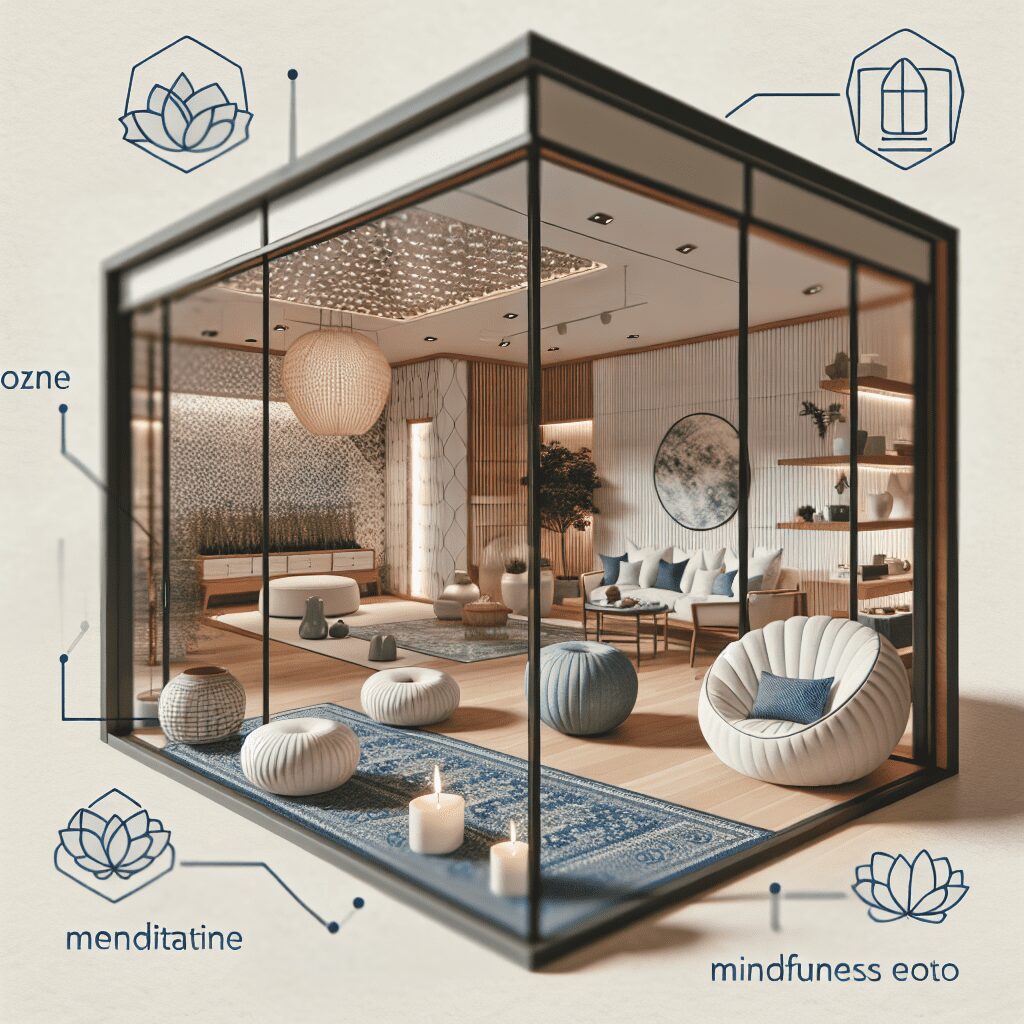
Prioritize your mental well-being daily. Enhance your life by nurturing your mental health with the Smart Meditation app. Break free from stress, alleviate anxiety, and enhance your sleep quality starting today.
What Does Anxiety Dissociation Feel Like?
Navigating the Challenging Waters of Anxiety Dissociation
In the vast ocean of human emotions, anxiety, and dissociation often sail together, presenting a complex constellation of symptoms that can baffle even the most seasoned navigators. When they coalesce, the experience can be as bewildering as it is intense, leading many to seek a lighthouse in the midst of their storm. But, what exactly does this merger of mind states entail? Let’s dive into the heart of the matter, exploring the contours of anxiety dissociation and shining a light on strategies to steady the ship.
The Enigmatic Fusion of Mind States
Anxiety dissociation is the brain’s unique way of hitting the panic button and saying, “It’s time for a break.” Imagine you’re in a horror movie, and just as the suspense hits its peak, you find a way to step out of your body, watching the scene unfold with a bowl of popcorn in hand. It’s as if you’re there, but not quite. This protective mechanism aims to shield you from emotional distress by creating a buffer between you and your experiences. Sounds intriguing, huh? Yet, this mental detour comes with its own set of challenges.
Symptoms: A Kaleidoscope of Sensations
Those aboard the anxiety dissociation ship might notice a cocktail of symptoms swirling together:
- Feeling Unreal: Ever get the sense that you’re a character in a video game or living in a dream? That’s derealization for you. The world seems foggy, distant, or like you’re looking at it through a smudgy pane of glass.
- Auto-Pilot Mode: It’s like you’re in the passenger seat of your own life. Actions, speech, and movements happen, but they feel automated, as if you’re not the one steering the wheel.
- Memory Fog: Ever walked into a room and forgotten why? Multiply that by a hundred. Important details about your day or conversations slip through the cracks of your mind.
- Emotional Numbness: It’s like your feelings have taken a sabbatical. Joy, sadness, fear—they’re there, but you’re watching them from the bleachers, unable to play the game.
- Bodily Alienation: Sometimes, it might feel like your body belongs to someone else or that your hands and feet are oddly detached from your sensory experience.
Charting a Course: Steering Through the Fog
Feeling adrift in the fog of anxiety dissociation can be isolating, but there’s a compass that can help guide you back to shore. Embarking on this journey requires patience, understanding, and a toolkit brimming with strategies:
- Mindfulness Practices: Anchoring activities, such as deep breathing, meditation, or yoga, can help reconnect you with the here and now, serving as buoys in tumultuous waters.
- Therapeutic Compass: Navigating these waters often necessitates a skilled captain. Therapies like Cognitive Behavioral Therapy (CBT) and Dialectical Behavior Therapy (DBT) offer maps and strategies to understand and manage symptoms.
- Anchoring Rituals: Routine and rituals can serve as anchors, providing stability and predictability in the day-to-day waves of life.
- Connective Tides: Never underestimate the power of sharing your journey with trusted companions—friends, family, or support groups can offer understanding, empathy, and insight.
Sailing through the choppy seas of anxiety dissociation isn’t a solo voyage. It’s a shared journey, where the support of fellow travelers and guidance from seasoned navigators can make all the difference. By understanding what you’re facing and arming yourself with strategies and support, you’ll find that even the most turbulent waters can be navigated with grace and resilience. Remember, every sailor once feared the sea, but with time, they learned to ride the waves.





